
AllQuestion and Answers: Page 1084
Question Number 109946 Answers: 0 Comments: 0
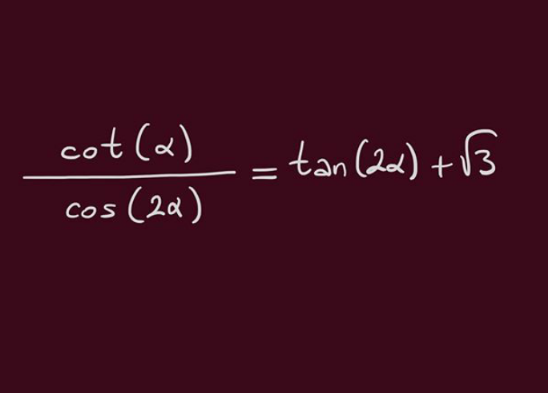
Question Number 109929 Answers: 0 Comments: 1
Question Number 110181 Answers: 0 Comments: 2
Question Number 109922 Answers: 1 Comments: 0

Question Number 109923 Answers: 1 Comments: 0
$${find}\: \\ $$$${sin}\mathrm{3}\:\:\: \\ $$$${in}\:{surd}\:{form} \\ $$
Question Number 109914 Answers: 1 Comments: 0
Question Number 109913 Answers: 1 Comments: 0
Question Number 109912 Answers: 2 Comments: 1
Question Number 110178 Answers: 1 Comments: 0
Question Number 109910 Answers: 0 Comments: 2
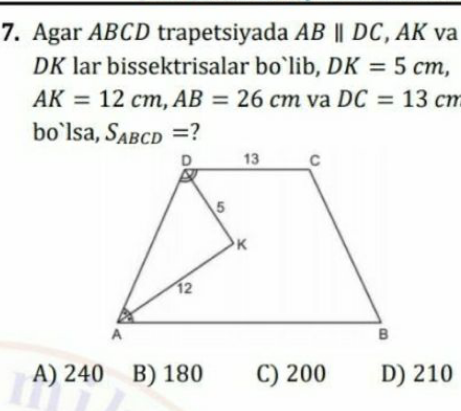
Question Number 109909 Answers: 2 Comments: 6
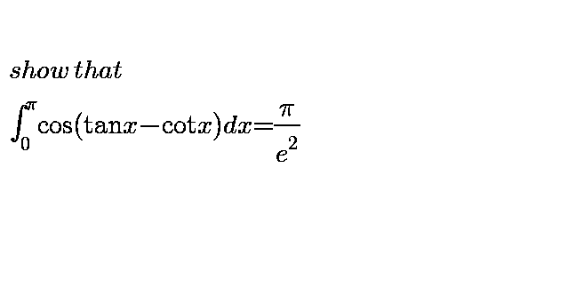
Question Number 109905 Answers: 1 Comments: 0
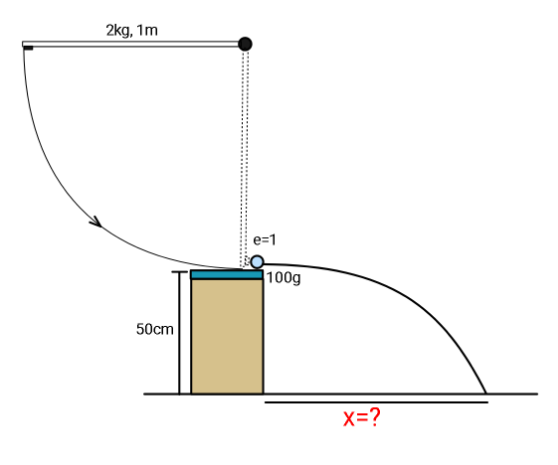
Question Number 109901 Answers: 1 Comments: 0
Question Number 109895 Answers: 1 Comments: 3

Question Number 109891 Answers: 1 Comments: 0
Question Number 109888 Answers: 3 Comments: 0
$$\mathrm{2}^{{x}+\mathrm{5}} =\sqrt{\mathrm{8}^{{x}} } \\ $$
Question Number 109884 Answers: 1 Comments: 1

Question Number 109872 Answers: 2 Comments: 1
Question Number 109863 Answers: 1 Comments: 0
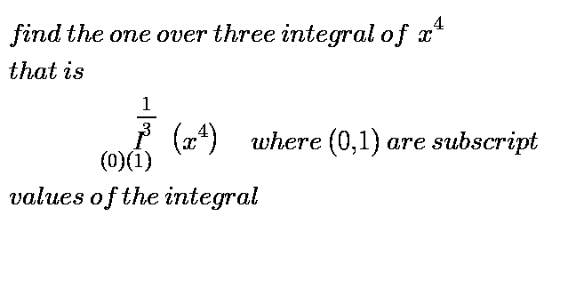
Question Number 109861 Answers: 3 Comments: 0
Question Number 109858 Answers: 3 Comments: 0
Question Number 109855 Answers: 3 Comments: 0
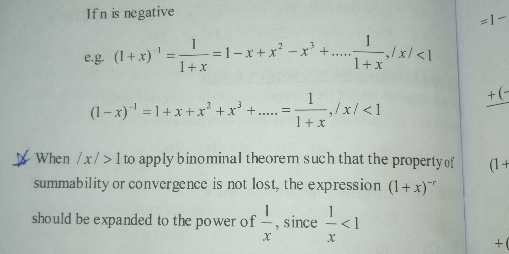
Question Number 109854 Answers: 4 Comments: 1
Question Number 109853 Answers: 0 Comments: 2
Question Number 109849 Answers: 0 Comments: 0

Question Number 109852 Answers: 0 Comments: 1
Pg 1079 Pg 1080 Pg 1081 Pg 1082 Pg 1083 Pg 1084 Pg 1085 Pg 1086 Pg 1087 Pg 1088
